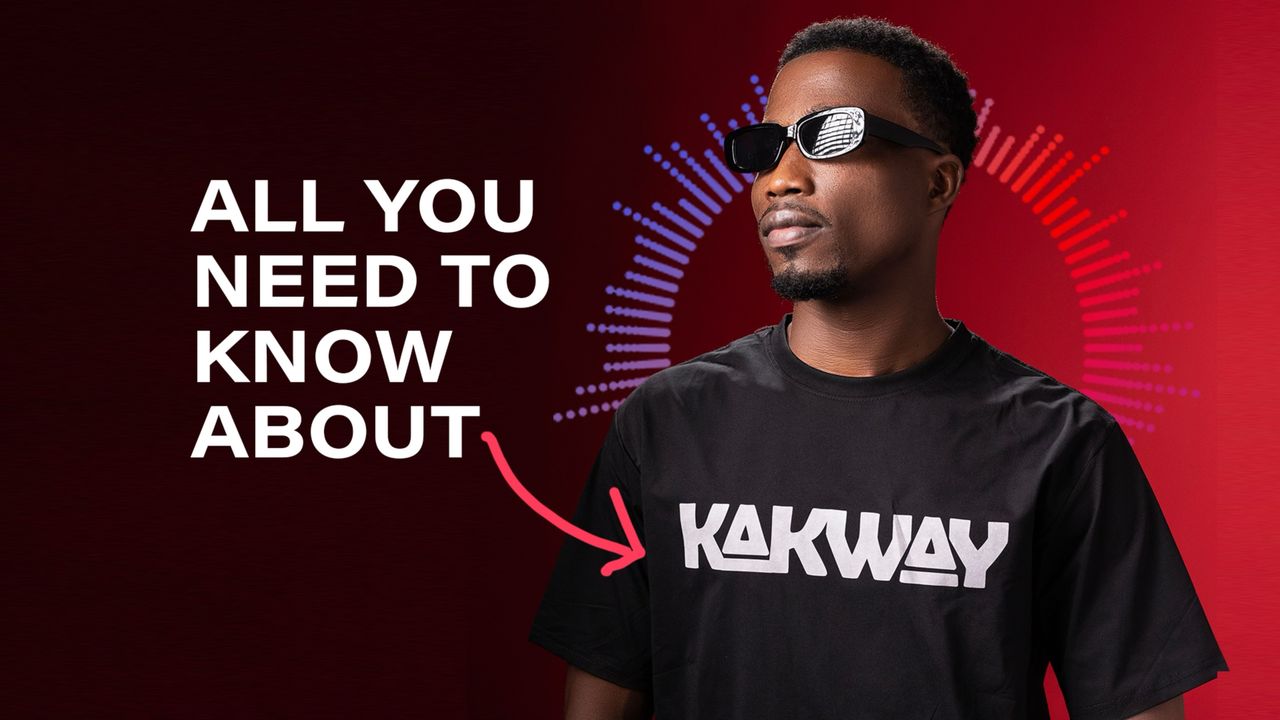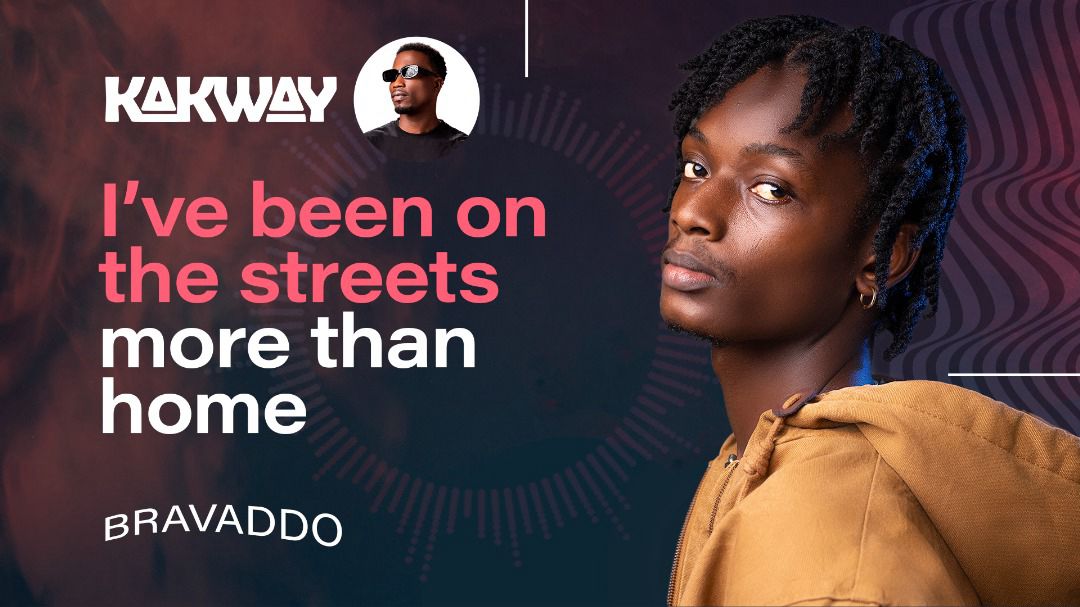Collaborating with a bigger artist can be a game-changing move for any upcoming musician. It can boost your visibility, introduce you to new audiences, and give your career a powerful stamp of credibility. But getting that “yes” from a more established artist isn’t always easy. Here’s a step-by-step guide on how to do it right.
1. Build Your Own Foundation First
Before reaching out, make sure you have something solid to show:
-
A few good songs released
-
A growing fanbase (even if it’s small)
-
Active presence on social media
-
Proof of consistency in your music journey
Bigger artists are more likely to take you seriously if they see you’re already putting in the work.
2. Research the Artist
Don’t just send a random DM. Study the bigger artist’s style, recent projects, and collaborations.
-
Do your sounds complement each other?
-
Do you share similar fan bases?
-
Do you have any mutual connections?
This helps you approach them with a clear vision instead of sounding desperate.
3. Build Genuine Connections
Instead of diving straight into “let’s collaborate,” take time to connect:
-
Engage with their posts authentically
-
Attend shows or industry events where they perform
-
Network with their team (managers, DJs, producers)
Sometimes it’s the team that helps open the door.
4. Be Professional in Your Approach
When it’s time to reach out, make it short, respectful, and professional.
-
Introduce yourself briefly
-
Highlight your work and why a collaboration makes sense
-
Share links to your music, not files that clog inboxes
-
Be clear about what you’re asking for
Remember: you’re pitching a win-win situation, not begging for a favor.
5. Offer Value
Ask yourself: Why should this bigger artist work with me? Value can come in different forms:
-
A fresh sound that adds to their artistry
-
A dedicated fanbase they haven’t tapped into yet
-
A producer or resource you can bring on board
Collaboration should feel like a mutual benefit, not a one-way street.
6. Be Ready to Invest
Sometimes collaborations involve costs — studio time, production, or even a feature fee. Be realistic about your budget and willing to invest in your career.
7. Respect Their Response
Not every approach will work. Some artists may ignore you, others may decline. Don’t take it personally — timing matters. Keep building your brand, and as your buzz grows, those same doors may open later.
Final Note
Approaching bigger artists for collaboration is about preparation, professionalism, and persistence. Focus on building your own movement first, create genuine connections, and when the opportunity comes, pitch yourself as a serious artist ready to add value.
CHECK THIS: How to Maximize Your Song’s First Week Streams
source: kaknews.com







